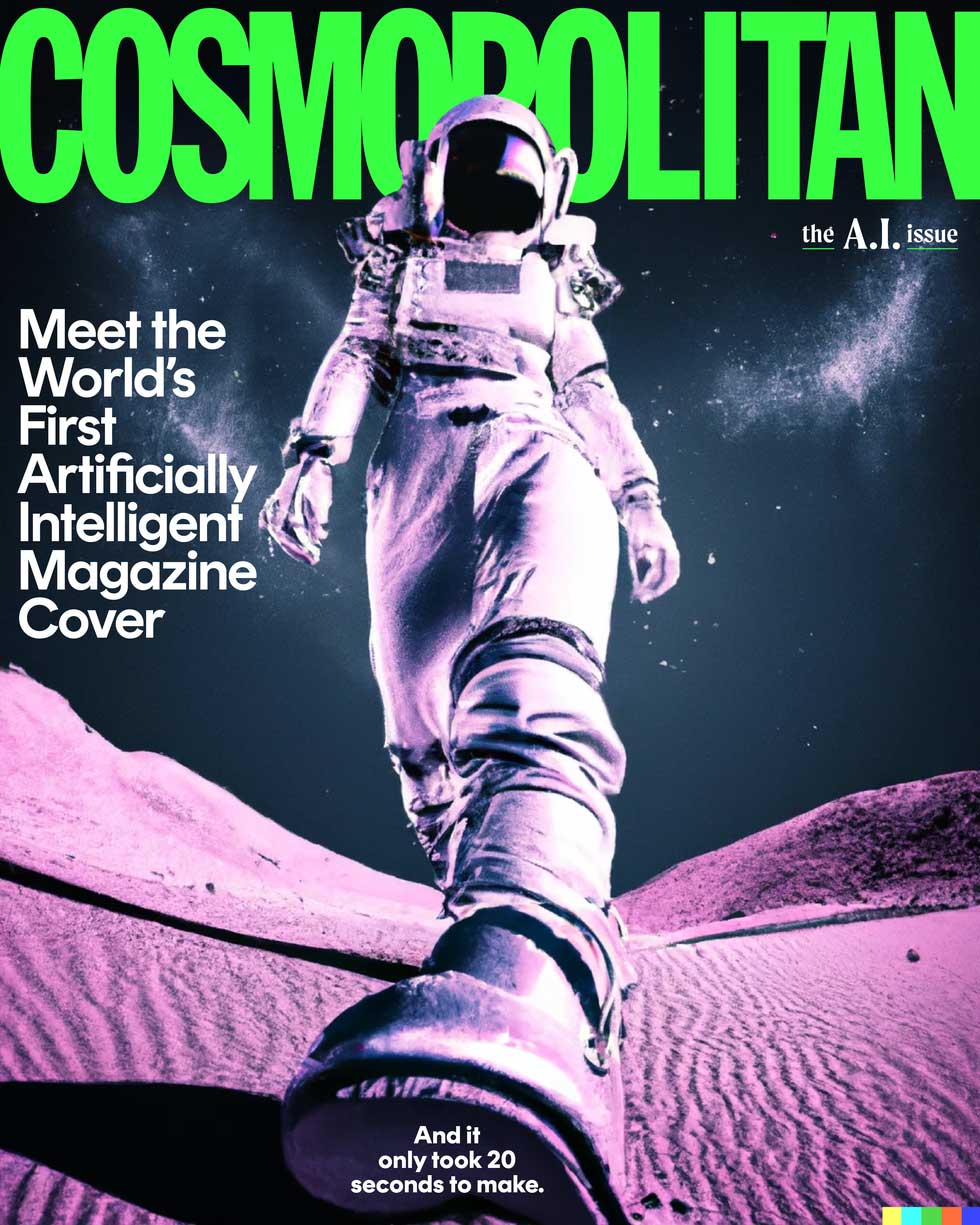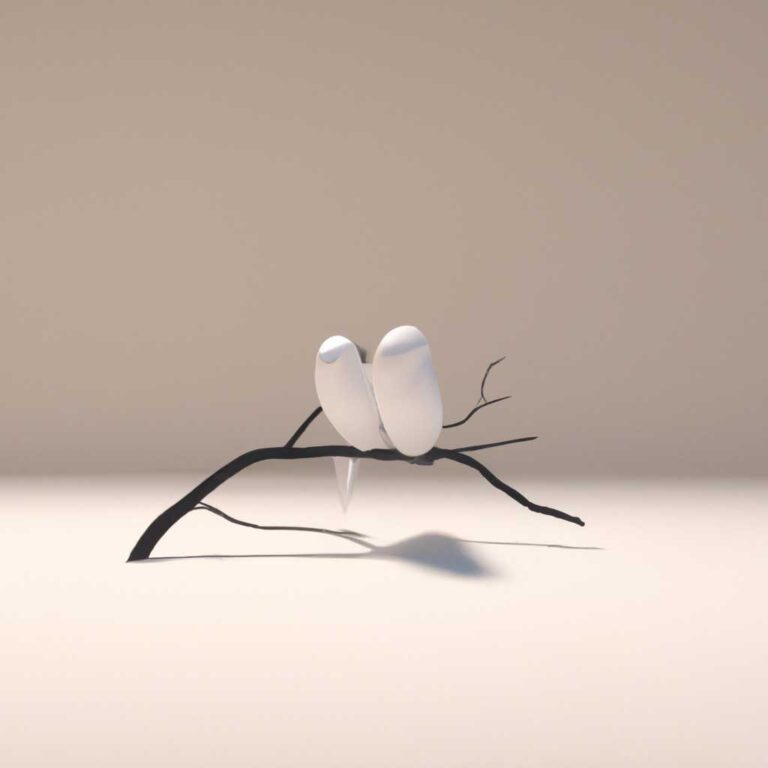The worst nightmare of the creative class? DALL· E 2!
The artificial intelligence Dall E 2 generates controversy. Photographers, illustrators and designers feel threatened.
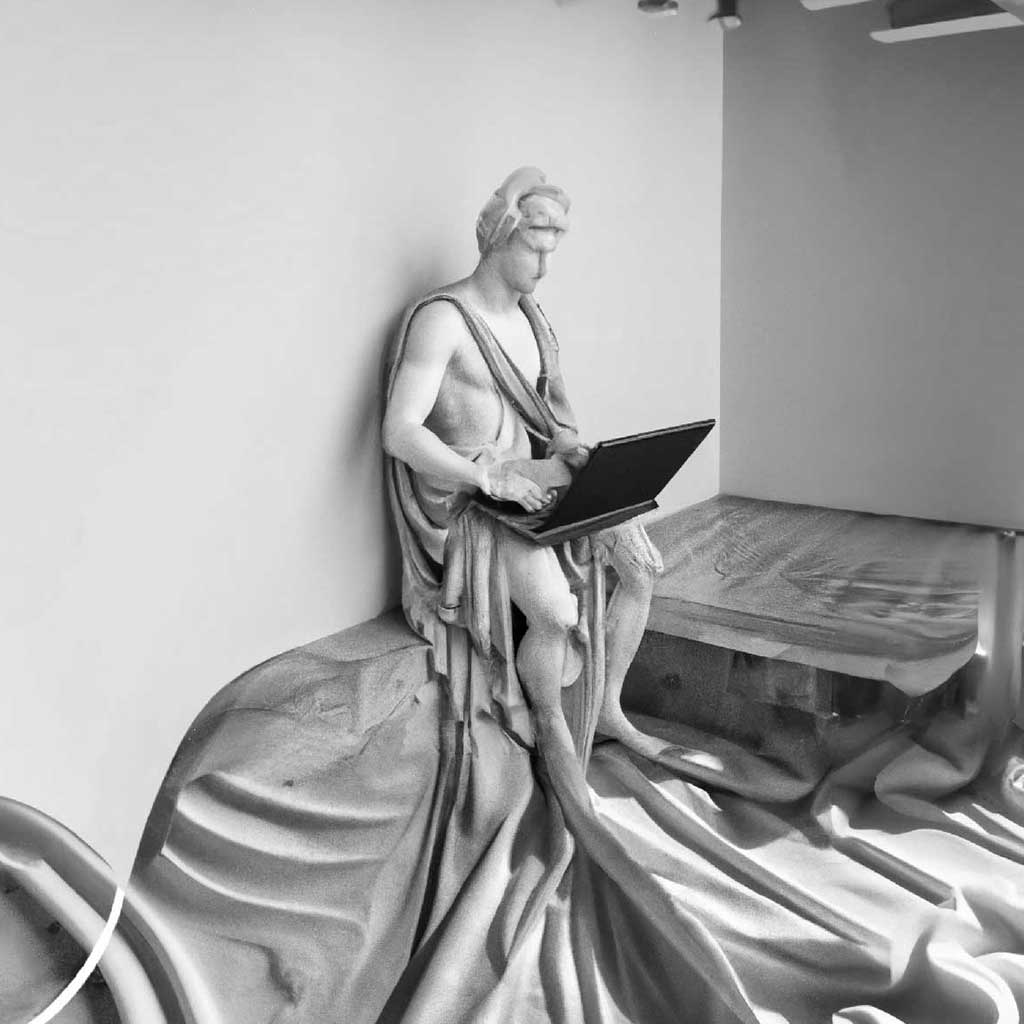
What is Dall E 2?
DALL-E is an artificial intelligence developed by OpenAI, a company focused on AI research and deployment.
OpenAI’s mission is to ensure that artificial general intelligence (AGI)—by which we mean highly autonomous systems that outperform humans at the most economically valuable work—benefits all of humanity.
With the new product DALL-E 2, the company seems to have succeeded indeed. DALL-E 2 can generate high-quality images within seconds solely based on a simple text input. It offers various styles and a creative approach.
However, the problem is that DALL-E 2 further pressures the creative community as it appears to surpass the artistic and artisanal skills of humans.
But how does Dall E 2 work?
The AI operates through text input. Users can describe the desired images in concise and simple textual form, and the AI presents visual interpretations of these text inputs. If one of the images is suitable, users can further edit it until they are satisfied with the result.
For a technical description of Dall E 2, we refer here to an excellent article by Alberto Romero
Example:
“an armchair in the shape of a peach”
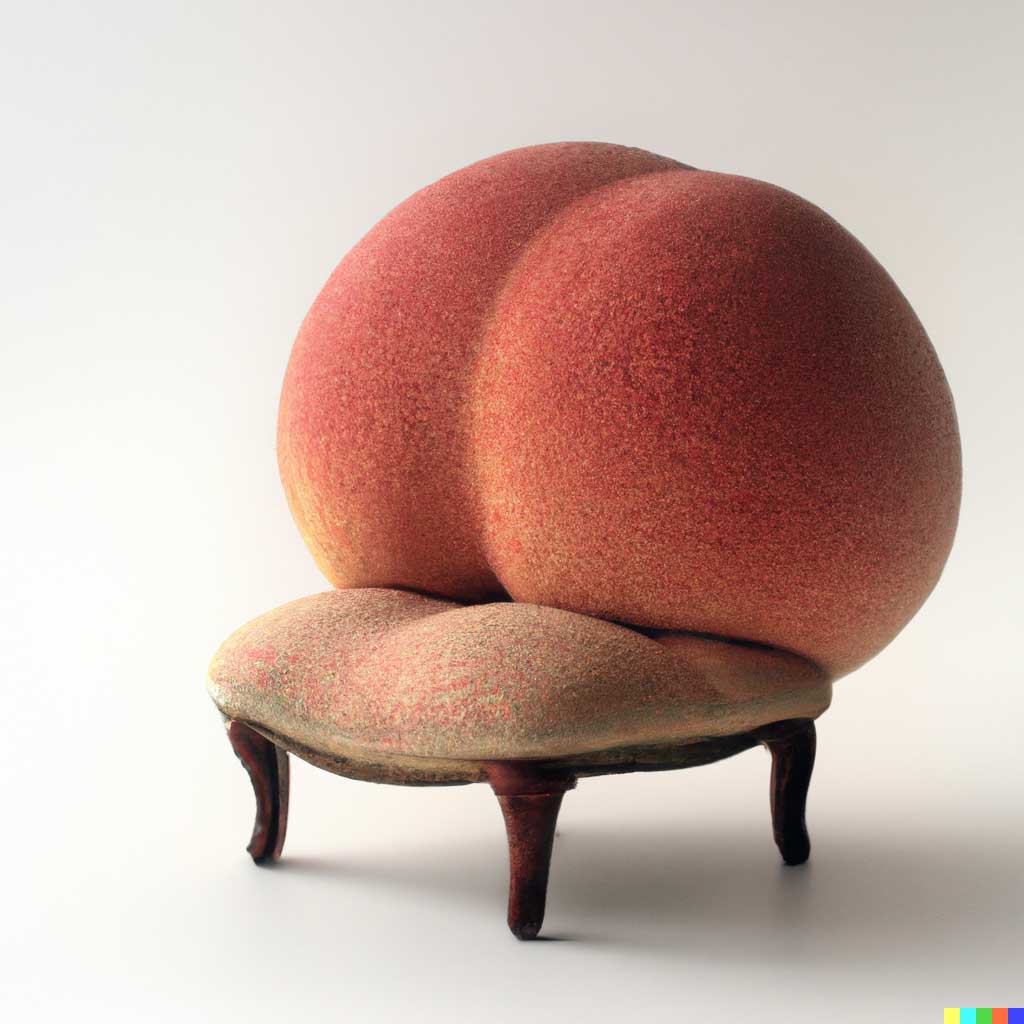
But of course it can also be more complex.
Another example:
“A full-body statue holding a computer sitting at the edge of a pool in a roman bath. Marble, copy after Hellenistic original from ca. 200 BC, hyperrealism.“
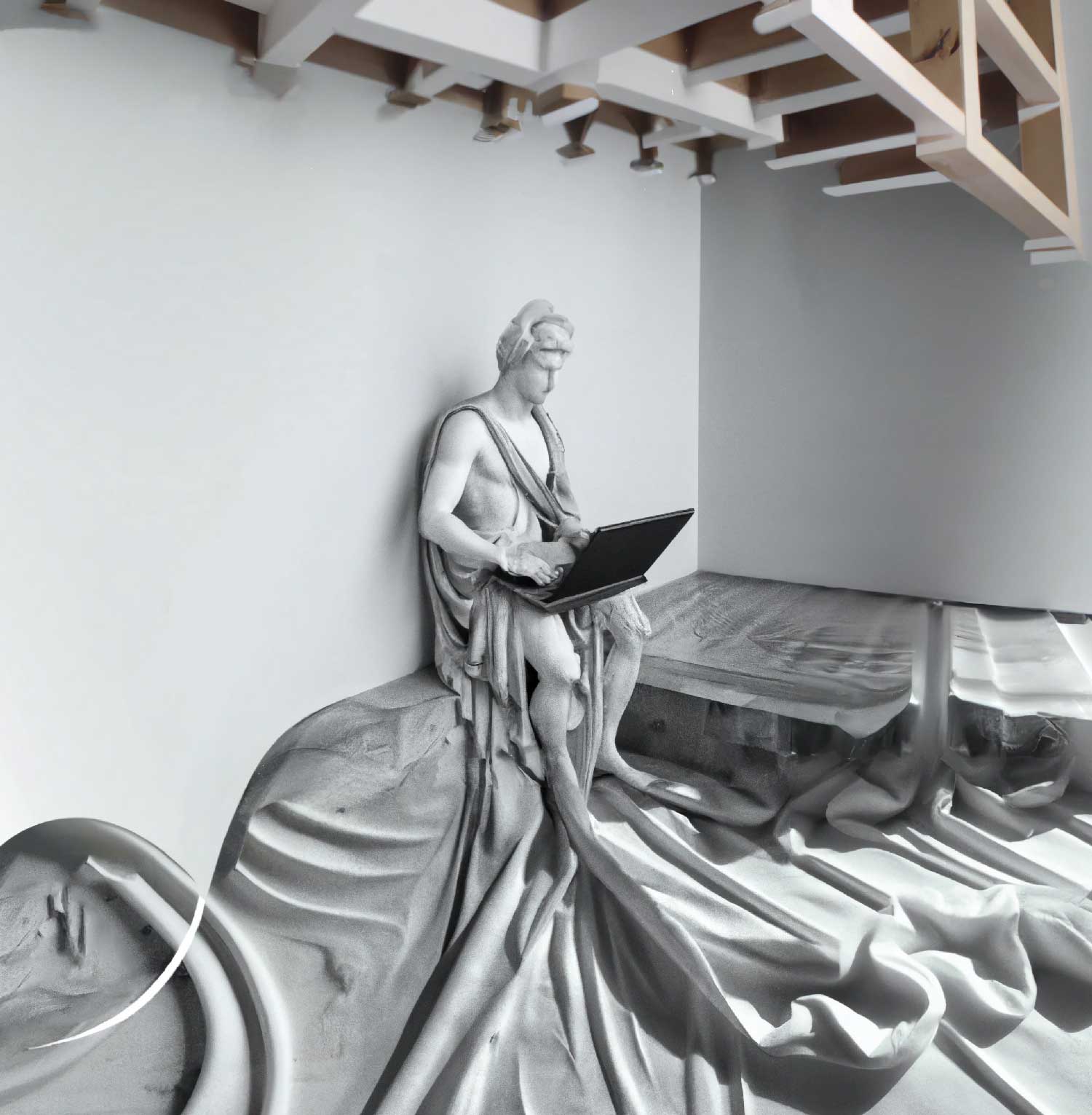
We think it’s wonderful! you too? Consistently whimsical and interesting. However, in the last few weeks, there have been critical discussions in the mainstream media about the Dall E 2 and its implications/consequences.
Why and by whom is the use of Dall E 2 criticized?
Some people have valid concerns about a threat to creative professionals, and for good reason. Creative industries have traditionally operated under precarious conditions, with the economic value of their work being a primary focus. If their work is not monetarily valuable, it often holds no worth. And this is where DALL-E 2 comes into play. The AI is fast, versatile, and cost-effective in content creation.
These advantages particularly benefit magazines, newspapers, digital platforms, and advertising purposes where photos and illustrations are used decoratively and temporarily. Instead of stock photos, images generated by DALL-E 2 now find their place.
The current legal situation also facilitates the usage, as there are no copyright rights for these works from a legal perspective. “The machine,” which refers to the AI, is considered the creator – most legal systems currently stipulate that only a human can be the author of a work and enforce those rights. Therefore, the works produced by DALL-E 2 are automatically in the public domain.
Even renowned magazines like “Cosmopolitan” or “Economist” have used AI to design their covers. The AI hype is spreading. Whether this will lead to a sustainable change in the media landscape remains to be seen.
Looking at the existing market for stock photos, one could indeed welcome the disruption of the market by DALL-E 2. Finally, there is an exciting and creatively customizable alternative that is cost-effective and inspiring.
Indeed, the quality of mass-produced stock photos is often rather poor, lacking in meaningful content, and devoid of aura or life – making them frequently unusable. These photos have rarely contributed to the success of creative professionals, but rather benefited the platform operators themselves.
For these reasons, DALL-E 2 could be seen more as a complement than a threat. It doesn’t pose a serious competition to creative professionals since the ultimate truth remains: creative power is not equivalent to artistic and artisanal skill. Any computer can reproduce the Venus de Milo, but its uniqueness lies in the idea and the moment of its creation.
Indeed, the fear of some production-oriented designers or illustrators is quite understandable. The cannibalization of artisanal skills by emerging technologies is not a new trend, and what DALL-E 2 offers today is likely just the beginning.
Morality in the context of artificial intelligence?
Indeed, a technology like DALL-E 2 brings not only production-related changes but also moral implications.
By defining visual content, AI makes moral decisions. Racial stereotypes, gender-specific associations, notions of good and evil, and what is deemed sexually acceptable – all of these are now being defined by an AI. DALL-E 2 evaluates and attributes meaning within the boundaries of possibilities set by OpenAI for the AI.
Example:
“a beautiful man sits in a red chair and drinks a coffee, painting”
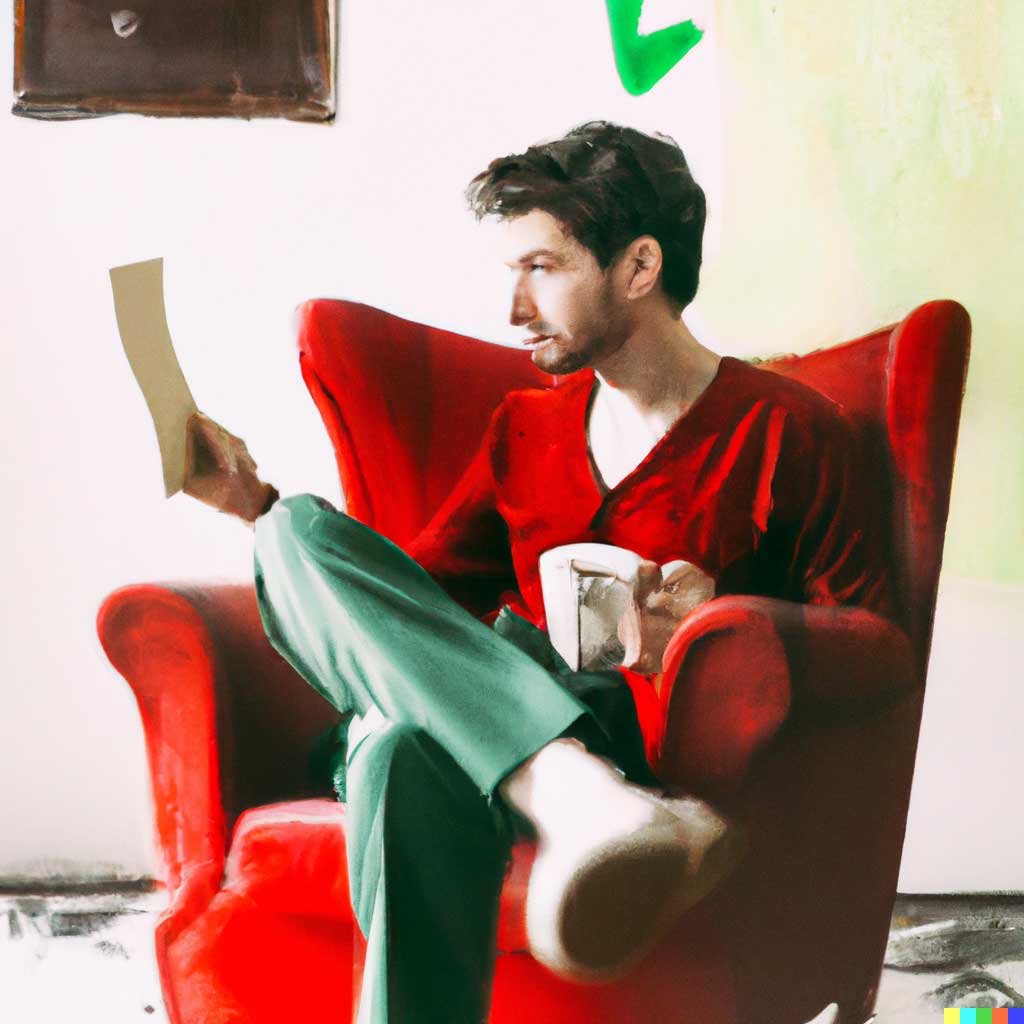
So, why this man? Why is he white? Why does he have a three-day beard? Why does he have messy hair? Why is he in his 30s? Why is he sitting on this chair design? Why is he wearing those pants? And why a V-neck? All these questions remain unanswered and are guided by norms, thus reflecting the perspectives and values of a small group of people who remain invisible in the background.
Open Ai comments:
Our content policy does not allow users to generate violent, adult, or political content, among other categories. We won’t generate images if our filters identify text prompts and image uploads that may violate our policies. We also have automated and human monitoring systems to guard against misuse
So, the issue here is that we are leaving the decision of what constitutes a “handsome man” to AI and its “moderators” – and this example of aesthetic evaluation is still relatively harmless. Since the sources of AI are not transparent and there’s no control mechanism in place, stereotypes can be reinforced and, in the worst case, the foundations for a new dominant culture can be established.
Furthermore, DALL-E 2 enables profound manipulations of existing images of people. The software can assist in grafting a person’s head onto a muscular male body or onto the body proportions of a 16-year-old. And it’s quick, easy, and relatively perfect.
Example:
Upload: Philip Reitsperger’s head | text: “WWE wrestler”
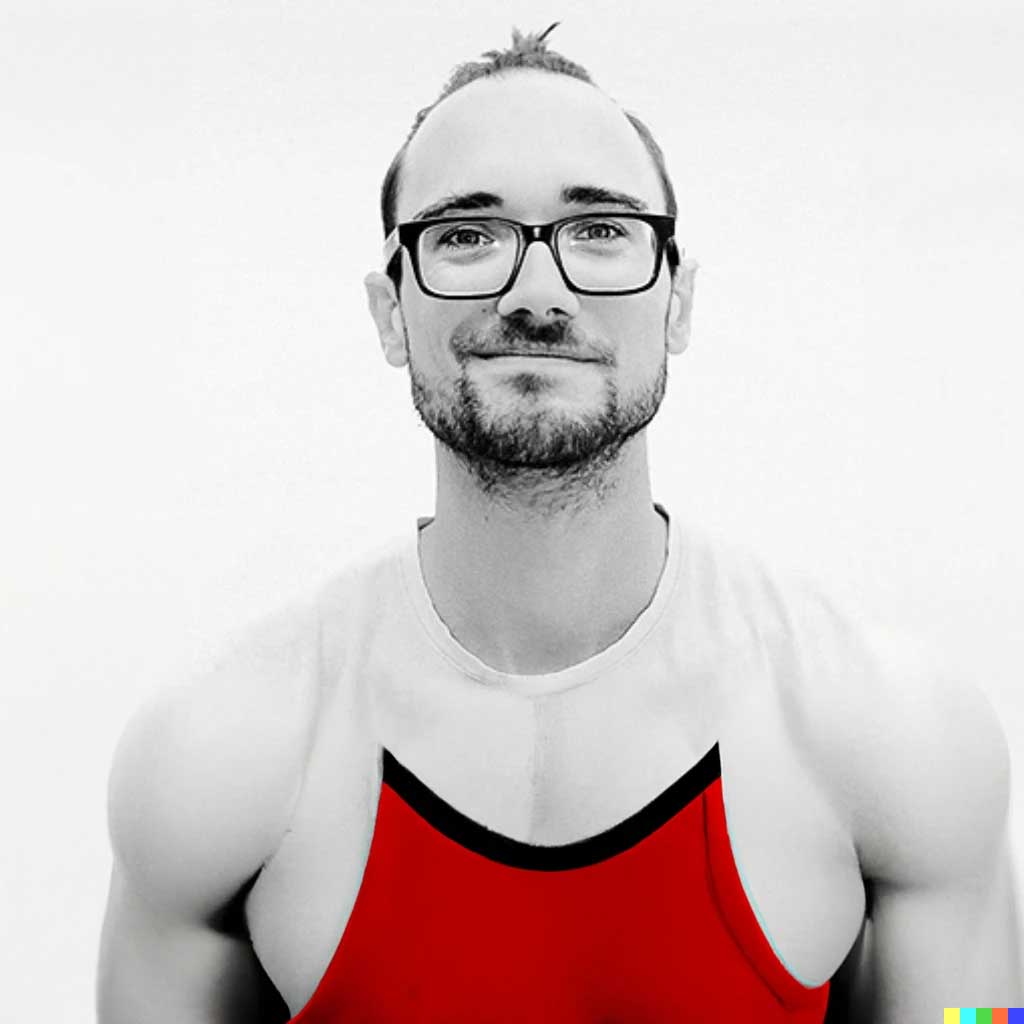
Changing backgrounds, adding or manipulating body parts—artificial intelligence has the capability to alter not only an individual’s identity but also the dignity of the person themselves. The consent of the depicted person is not verified by the AI and is assumed. Whether this consent actually exists is not further examined. OpenAI merely protects itself legally in the terms of use.
Ein Beispiel
Upload: Philip Reitsperg’s head | Text: “Laocoon and His Sons”
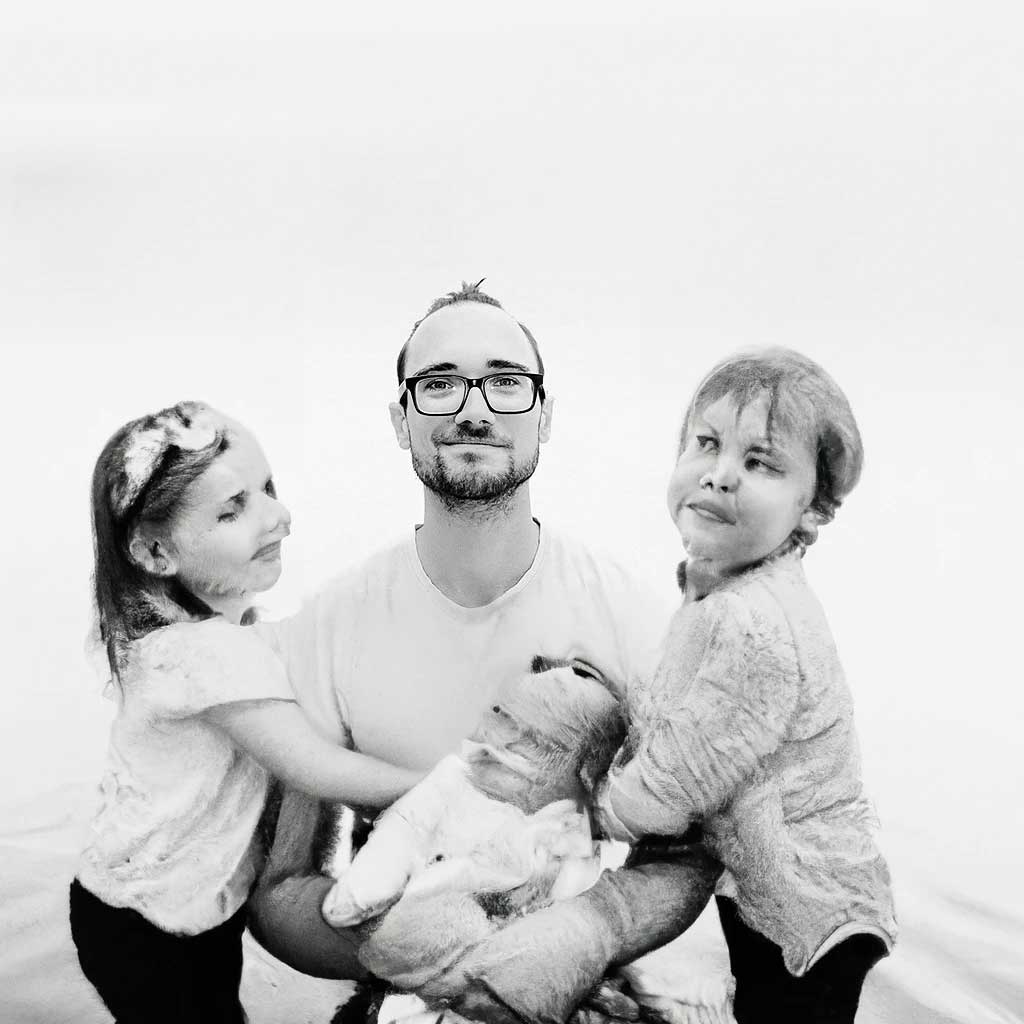
Dall E 2, a creative tool?
Amidst all the valid questions, DALL-E 2 has arrived to stay and is not the only product in the market. Its use will lead to a shift in the balance of power in the creation of creative visual content.
Especially individuals who are skilled in language but haven’t delved into visual abilities can now create and adjust images independently. The more precise and comprehensive a textual input is to the AI, the better and more intriguing the result will be. However, the path from text to image also opens up new opportunities for visually trained individuals.
A tool of research.
By generating a repository of visual content around a specific theme, DALL-E 2 serves as a wonderful tool for aesthetics and content. The interpretations provided by the AI, combined with human creativity, open up entirely new exploratory possibilities.
A tool for inspiration.
DALL-E 2 can also be used to find inspiration. By generating interpretations, adjustments, and combinations of existing or new textual inputs, the AI creates numerous starting points in a short amount of time that likely differ from one’s own thought processes, thus leading to new ideas. Especially when DALL-E 2 produces content with content and aesthetic misinterpretations, it can often be enriching.
A tool for finding materials.
When it comes to creating collections of materials, DALL-E 2 proves to be extremely helpful. Through the input of text, visual collections of materials can be generated, which can then be combined and synthesized. At first glance, its use seems legally unproblematic. However, it remains to be seen whether DALL-E 2 maintains sufficient distance from its “sources of inspiration” if the author of an underlying work objects to the dissemination of a result from DALL-E 2 – see below regarding legal questions.
A tool for finding the future.
According to OpenAI, the AI is successfully used to envision future visual possibilities. “A reconstructive surgeon has told us they use DALL-E to help patients visualize outcomes. And filmmakers have said they want to edit images of scenes with people to expedite their creative process.”
A replacement for image editing programs.
DALL-E 2 also offers an “editor” mode, which allows users to combine images while the AI automatically generates and adds missing content. This feature goes beyond simply filling in areas aesthetically and content-wise, and would certainly be a desired feature for many advanced image editing programs.
Indeed, it’s clear that DALL-E 2 offers more than just creating stylish images at low costs. The described use cases only reflect our own area of use with the AI. Other individuals and businesses will certainly discover many more potential applications. It’s an exciting development.
Dall E 2, is the AI independently creative?
The extent to which DALL-E 2 is independently creative seems questionable to us. If we consider creativity as the use of imagination to create original ideas, then our opinion is: No, DALL-E 2 doesn’t create original ideas. The AI generates interpretations within its learned conditions but doesn’t go beyond that. However, if one looks particularly closely, one could perceive a touch of creativity in the mishaps and errors of DALL-E 2’s image generation.
Free use? Legal uncertainties?
From a legal perspective, two main questions arise regarding DALL-E 2’s creations: 1. Is there an author and thus copyright created for the DALL-E 2 creations? 2. Should the rights of the authors of the works that inspire DALL-E 2 be considered? However, these questions do not have straightforward answers and may require legal analysis and consideration in specific cases.
Does copyright protection arise in Dall E 2 creations?
Indeed, from a copyright perspective, the principle of “authorship” in the Central European legal tradition is based on the idea that copyright is attached to the individual who creates a unique intellectual creation, regardless of the level of creativity or originality involved. While DALL-E 2 may not be attributed with independent creativity and is often considered a tool, it is evident that the intellectual creation, in this case, is not primarily the result of the person inputting the text, but rather the AI itself. This raises questions about the attribution of authorship and the associated copyright ownership.
Indeed, under current legal frameworks, there is no copyright protection for works generated solely by artificial intelligence. This stance is consistent with decisions made by institutions such as the European Patent Office, which refused to grant ownership to the AI system DABUS for a patent, as only a human can be recognized as an inventor. Similarly, in the realm of copyright, US courts ruled in 2014 in the case of the famous “Monkey Selfie” that only a human can be considered an author and holder of copyrights. The photographer who provided the camera to the monkey for its selfie was not granted copyright ownership as a result.
AI images for all?
Does this mean that all works of a non-human “author” like DALL-E 2 are automatically in the public domain? At first glance, yes. OpenAI also, in line with its philosophy, does not impose any further legal restrictions on the use of the creations.
As a preliminary result, we can conclude that neither the AI nor the person inputting the text can claim copyright protection for the works created by DALL-E 2. This naturally presents the challenge that these works are difficult to commercialize. For instance, if one intends to sell them to customers as part of a larger work such as a catalog or a website, restricting their usage becomes nearly impossible. There are no copyright claims available for injunction or damages.
However, aside from commercial exploitation, does this mean that creations from DALL-E 2 can be used without restrictions?
Where does Dall E 2 get its images from?
The claims of the authors of the underlying works, which are “interpreted” by DALL-E 2, must also be considered. Getty Images recently announced that they will no longer accept DALL-E 2 creations, citing the unresolved legal issues regarding the underlying images and metadata used to train these models.
It is initially unclear where the AI sources all the works from which it “learns.” Are these all in the public domain, or are licenses obtained? Or is there an automated “scraping” of the internet without the consent of the rights holders? Furthermore, even if the AI has legal access to the underlying works, it is still not clear whether the AI’s use, namely the machine processing for “learning” a style, is permissible. In the US, plaintiffs have already filed lawsuits against companies Stability AI and Midjourney as part of a class-action lawsuit. However, it remains to be seen whether such a lawsuit would be promising in Austria.
Enough distance from the “inspiration”?
Additionally, there is the issue of controlling the “output.” How can it be ensured that DALL-E 2 doesn’t take “too much” inspiration and directly copy parts? On a factual level, it is initially unclear to what extent DALL-E 2 draws “inspiration” from existing images and how many elements from existing works are used, copied, or “recreated.” There is no way to understand this.

However, even if quantification is possible, the question remains: How much is too much? Some pixels? A figurative, incidental component of an image? A significant element? This always requires a legal assessment that would need to be made in each individual case. It is clear only that certain ideas, methods, or styles are not protected by copyright.
The above guidelines like “hyperrealism” are just as unproblematic as, for example, specifying a “Dalí style” or “Pixel Art.” Copyright always protects a specific expression, the “expression.” However, using parts of a work becomes problematic. “Inspiration,” similarities, or adopting a style are acceptable, but taking entire works or parts of them is not.
Until recently, it was assumed in Austria and Germany that a “free adaptation” occurs when the old work is “completely faded” in the context of the new work. Since the European Court of Justice’s 2018 decision on music sampling in the “Metall auf Metall” case, this criterion has become even stricter. Now it is presumed that a “dependent adaptation” already occurs (requiring the consent of the author of the older work) if the older work is still “recognizable.” Whether this legal standard applies generally to visual works is still debated.
The existing exceptions of copyright law (known as “limitations” such as private copying, caricature, pastiche) probably do not apply to most uses of DALL-E 2.
This means that whenever DALL-E 2 recreates significant parts of a copyrighted work, it constitutes a “dependent work” rather than a “free work.” This would normally require the consent of the author of the underlying work before it can be distributed or reproduced. Consequently, there is a certain risk associated with any non-private use, especially with any distribution, that rights holders of the “original” works might raise claims. Therefore, databases like Getty Images are currently not taking on this risk.
